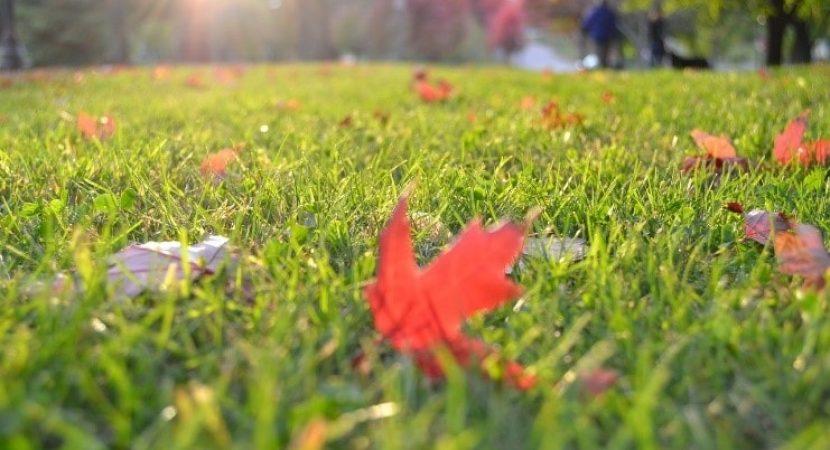Nothing can beat looking over a beautiful expanse of green, lush grass in your front or back yard. Walking barefoot in the summer, smelling freshly cut grass, letting your kids and pets roll around in healthy lawn is a dream for many homeowners. We are lucky to live in a time where there are a variety of different kinds of turf — all to suit a variety of needs. This is a list of the most common types of turf and includes what benefits each of them offer:
Creeping bentgrass
Creeping bentgrass is relatively prevalent throughout much of the United States. Considered a high maintenance type of turf, the blades require special equipment, high levels of fertilization, excessive watering, and regular mowing for proper maintenance. The aesthetically pleasing turf has a shallow and dense root system and is commonly found in athletic fields and golf courts.
Centipedegrass
Centipedegrass is generally found throughout the southern states and is tolerant of both high temperatures and drought conditions. The turf is predominantly chosen due to its low maintenance requirements and its hardy nature. Centipedegrass features bud shaped leaves and flattened, strongly veined, compressed blades that measure less than one quarter inch wide.
Fine fescue
Found throughout the United States, except in the hot areas of the south, fine fescue is a common feature of many yards. A type of turf that does better in cooler climates and shaded areas, fine fescue is relatively low maintenance and aside from residential lawns is also commonly found in public areas like campsites. The narrow, bristly, folded blades do not require intense applications of nitrogen but cannot thrive in areas with excessive moisture.
Tall fescue
Similar to fine fescue, the tall variety is also found throughout most of the United States. Also a cool season grass, tall fescue is well suited to partially shaded yards but can also do well in sunny areas. The strong, flat, veined blades are pointy and require regular and thorough waterings. While a cool season variety, this type of turf may die off in extremely cold weather. However, tall fescue is tolerant to both heat and drought tolerant and can thrive in areas with high levels of traffic.
Bahia grass
Bahia grass is a warm season turf and does well in the southern states of the United States. WIth a finer texture, a strong root system and large flat blades, this type of turf forms a dense mat with a strong root system. Tolerant to drought, shade, high traffic, and pests — this turf is a popular choice.
Kentucky bluegrass
This cool season turf was originally prevalent throughout most of Europe but now does well in cool to temperate regions of the United States. As a perennial, sod-forming grass, Kentucky bluegrass is a popular choice for many residential lawns. The skinny blades are dark green with hints of blue and are accompanied by folded leaves. The turf is extremely tolerant in cold temperatures, hardy throughout the year, and looks great in any yard.
Perennial ryegrass

More common in cooler climate regions of the United States, perennial ryegrass is common in the lawns of most northern states but tends to avoid both extreme heat and extreme cold. The turf is identifiable by its shiny and smooth blades, measuring up to one quarter inch wide and is easily established and highly productive. Perennial ryegrass is resilient and can tolerate high levels of foot traffic while also offering resilience to a variety of pests.
Artificial turf
A unique type of turf, the artificial version is comprised of fibers that are completely synthetic but truly looks like natural, real grass. When people think of artificial turf, they commonly think of football fields, yet this type of turf is now being applied in residential and commercial settings. A popular turf choice, the artificial variety does well with heavy traffic levels and is low maintenance requiring no mowing or irrigation — just an occasional cleaning to keep it looking green.
As you can see, there are many different kinds of turf that are all suited to a variety of needs and climatic conditions. From use in residential lawns, football fields, or desert-like areas of the southern United States, choosing the right type of turf can make a landscape look well maintained and well manicured — adding to both the property and personal value.
Johnathan is a landscaping expert who has helped clients improve their gardens and made their dreams come true. Jonathan works for Instant Gardens and is a proud and loving father of 3. When he’s not working he’s playing with his children.
 Johnathan
Johnathan Instant Gardens
Last Updated on


Reply